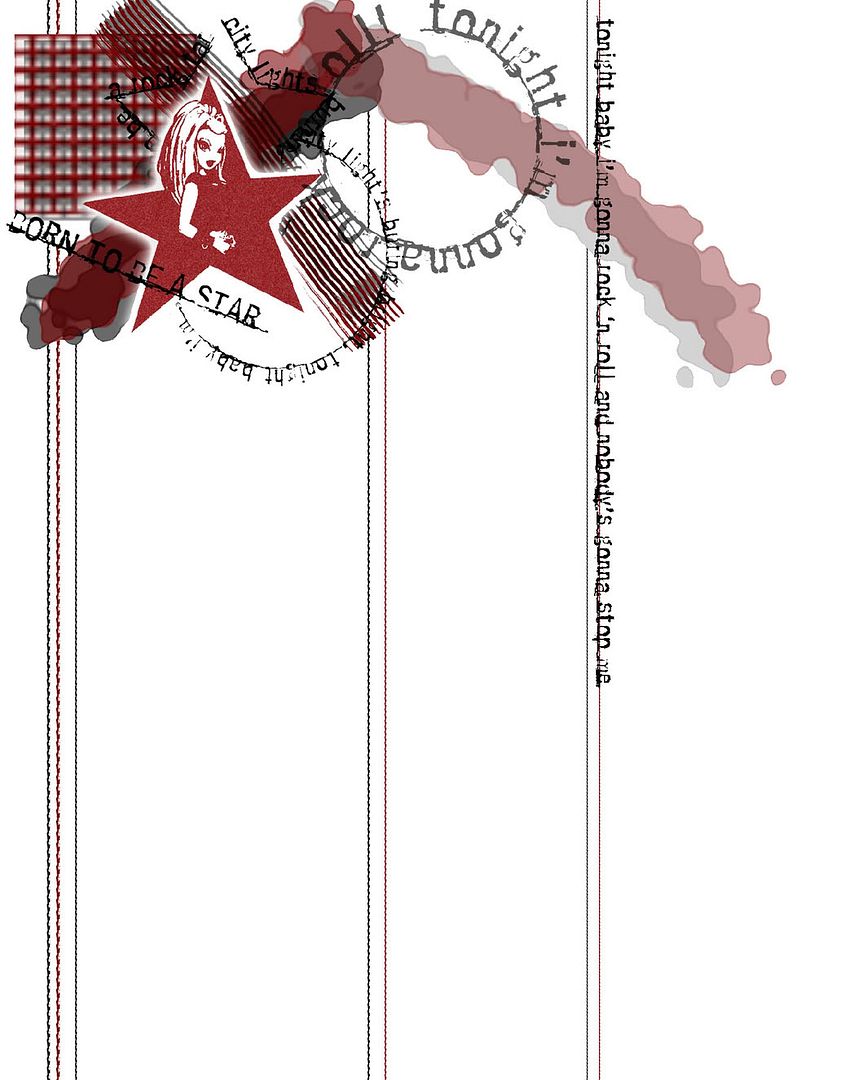Sunday, February 08, 2009
Thursday, February 05, 2009


Pitcher Venus Fly Trap
Carnivorous plants may be subdivided into 2 major groups; those with passive traps and those with active traps. For some of these traps the actual method of insect decomposition involves digestive enzymes produced by the plant and bacterial decay within the trap. A classic passive trap is the "pitfall trap" of pitcher plants, including Darlingtonia and Sarracenia of the Sarraceniaceae, and Nepenthes of the Nepenthaceae, where an insect falls into a vase-like modified leaf. Downward-pointing hairs on the slippery walls prevent the insect from crawling out, and the hapless victim ultimately drowns in a pool of digestive enzymes at the bottom. Other well-known passive traps are the "flypaper" or adhesive traps of sundews (Drosera, Droseraceae) and butterworts (Pinguicula, Lentibulariaceae). In both of these unrelated genera, the leaves are covered with sticky, gland-tipped hairs (Drosera) or a sticky (viscid) layer of mucilage (Pinguicula) which entangle the hopeless, struggling victim.
In active traps a rapid plant movement takes place as an integral part of the trapping process. Probably the best known active trap is the Venus' flytrap (Dionaea muscipula, Droseraceae), one of the most astonishing plants in the world. A relative of the sundews (Drosera), this remarkable species belongs to the Sundew Family (Droseraceae). Its native habitat in all the world is a narrow strip of coastal land approximately 10 miles (16 km) wide and 100 miles (160 km) long in North Carolina and adjacent South Carolina. Its generic name is a modification of Dione, the Greek name for Venus. When triggered by an insect, the leaf blade folds closed along its midrib bringing the two halves together. Three bristle-like hairs near the middle of the upper side of the leaf blade are sensitive to touch and cause the blade to snap shut. Touching one hair will not trigger the closing mechanism. Only when one hair is touched twice or two hairs are touched in succession will the leaf blade fold closed. This strategy generally prevents an inanimate object (such as pebbles or small sticks) from activating the trap. A fringe of stiff hairs around the edge of the blade become interlocked (intermeshed) when the blade folds closed, thus trapping the insect like bars in a jail cell. The action of this remarkable mechanism involves a rapid loss of turgor pressure within the leaf cells on the upper side of the leaf. Digestive enzymes from glands on the leaf surface break down the proteins of the imprisoned victim, and the plant gets a supplemental source of nitrogen.
A Venus' flytrap (Dionaea muscipula) in full bloom. Active traps are formed by hinged leaves fringed with stiff hairs. When the leaf blade folds closed, it traps a hapless insect behind the intermeshed hairs.
But why would some insectivorous plants need an additional supply of nitrogen, particularly when they are living in organically-rich bogs? The answer to this question may involve the pH of the water and soil which is too acidic for nitrifying bacteria that convert ammonia from protein decay into nitrite and nitrate ions. This important bacterial process is called nitrification. The nitrite and nitrate ions made available by the bacteria are readily absorbed by the roots of plants. If the nitrification process is impaired, there could actually be a shortage of these nitrite and nitrate ions; hence, the carnivorous plants have evolved a mechanism to obtain a supplemental supply of nitrogen.
A Venus' flytrap (Dionaea muscipula). Active traps are formed by hinged, 2-lobed leaf blades fringed with stiff hairs. When the leaf blade folds closed, it traps an insect within a jail of interlocking hairs. Three bristle-like hairs near the middle of the upper side of the leaf blade are sensitive to touch and cause the blade to snap shut. Touching one hair will not trigger the closing mechanism. Only when one hair is touched twice or two hairs are touched in succession will the leaf blade fold closed.
The mechanism responsible for the rapid closure of the leaf (within 1/2 second) has generally been explained as being due to rapid loss of turgor pressure in the upper epidermal cells. Recent studies indicate that the pressure loss may be in the layer of mesophyll cells underlying the upper epidermis. When these cells suddenly become flaccid, the leaf folds upward along the midrib. A decrease in ATP (adenosine triphoshate) is associated with each closure, suggesting that biochemical energy is also involved. Repeated stimulation of the trap by touching the trigger hairs too frequently will noticeably fatigue the trap. Apparently the ATP supply is exhausted, and not enough time has elapsed for sufficient ATP regeneration.














